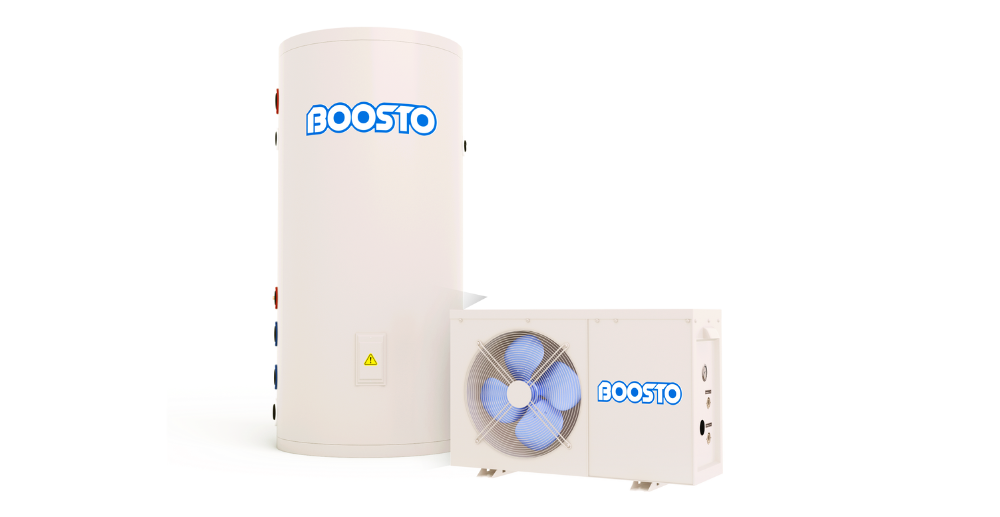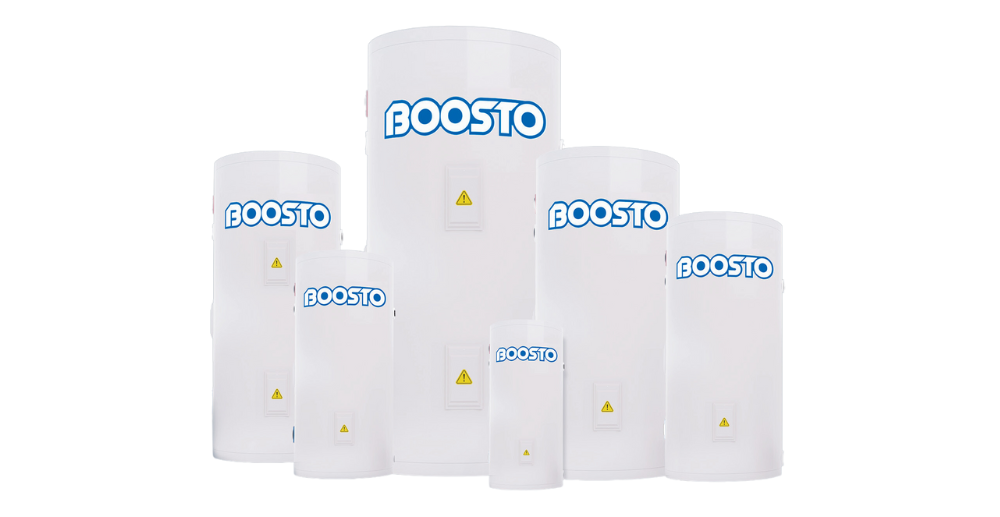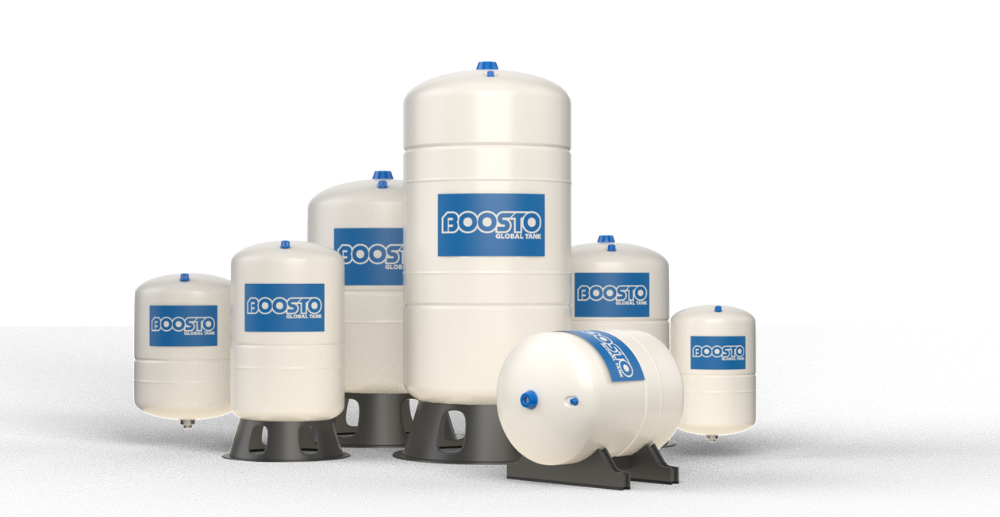Heat Pump
Heat Pump Solutions
Surya Solar and Waters offers advanced heat pump solutions designed to provide energy-efficient heating and cooling for residential, commercial, and industrial needs. Our heat pumps deliver reliable hot water in winter and cool water in summer, ensuring comfort and convenience year-round.
Buy Heat Pump Below.
200 Liter 300 Liter 500 Liter 500 Liter & AboveWhy Choose Our Heat Pump Solutions?
- Energy Efficiency: Heat pumps use renewable energy to reduce electricity consumption, saving costs.
- Year-Round Performance: Seamlessly switch between hot and cold water based on seasonal needs.
- Durable and Reliable: Built with high-quality components for long-lasting performance.
- Custom Applications: Tailored for various uses, including residential water heating, commercial facilities, and industrial processes.
Benefits of Heat Pumps
- Lower energy bills compared to traditional water heaters.
- Eco-friendly technology that reduces carbon emissions.
- Minimal maintenance with high operational reliability.
- Versatile applications for heating and cooling requirements.
Upgrade to modern heating and cooling with Surya Solar and Waters’ heat pump solutions. Contact us today for a customized solution that suits your needs!
Ready to buy to heat pump?
Fill out the form below to get started with our expert heat pump installation. Our team will guide you through the process, from consultation to a hassle-free 2-day setup. Experience reliable, sustainable luxury for your home today!
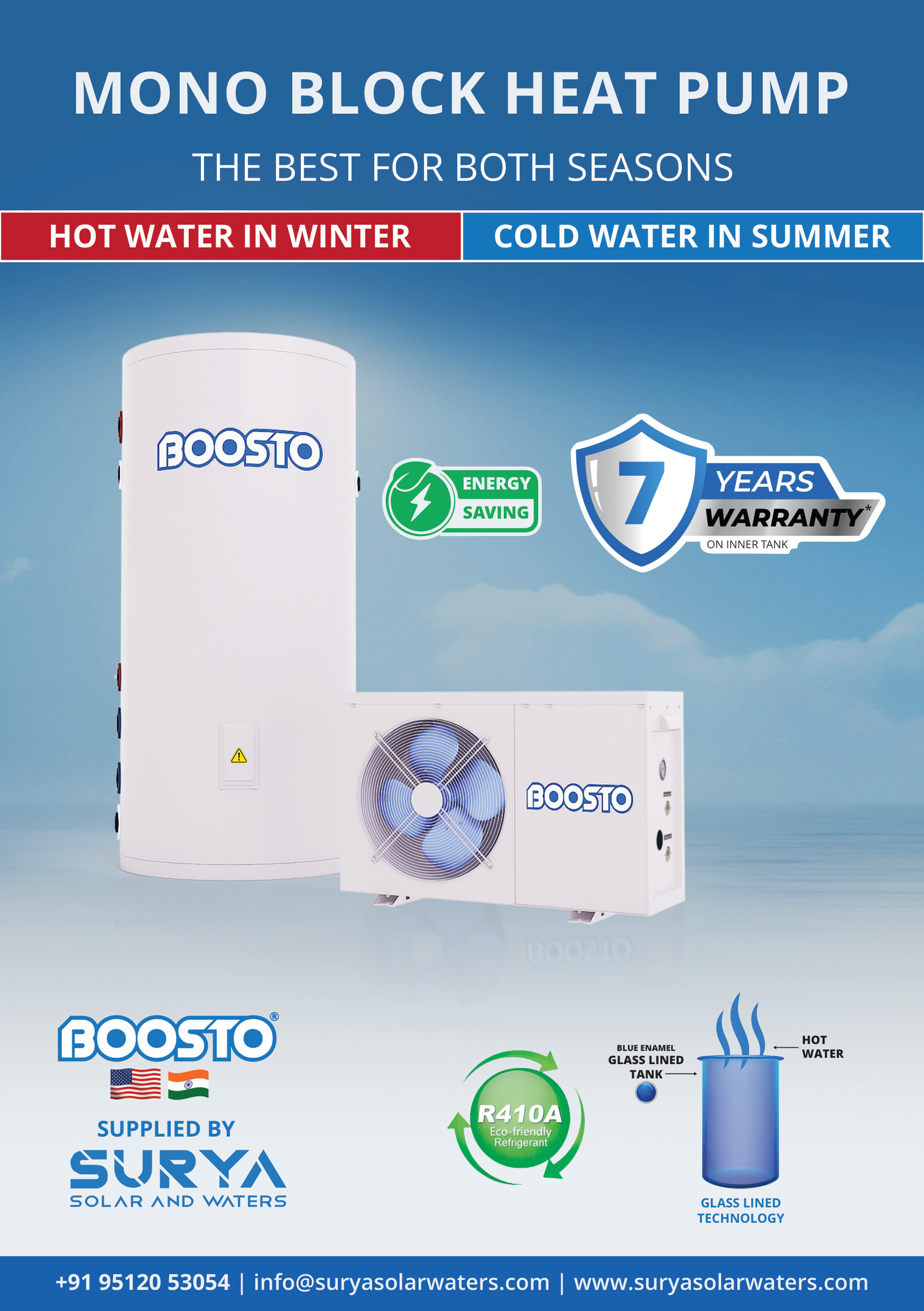
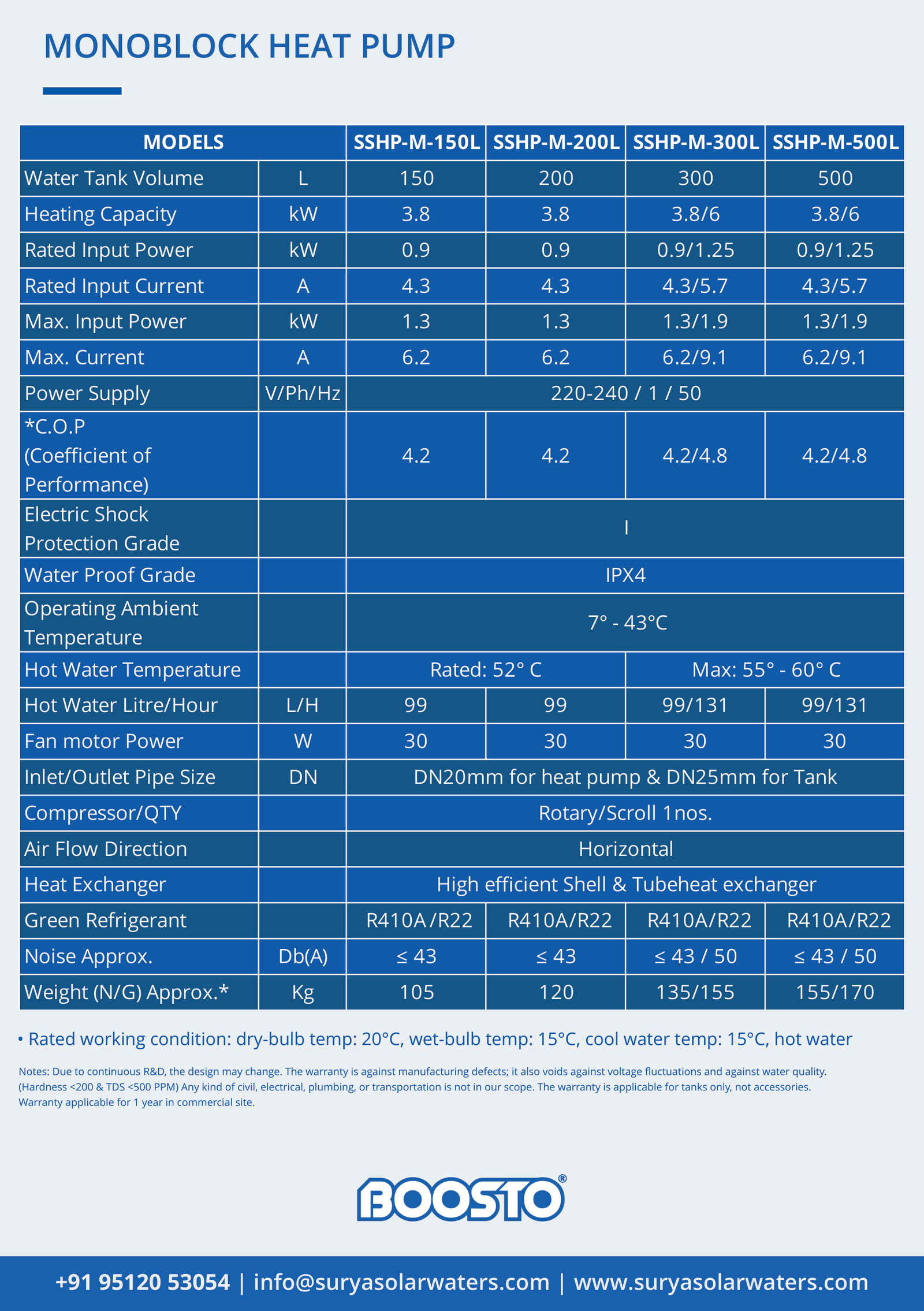
Heat Pump in Ahmedabad | Heat Pump in Surat | Heat Pump in Rajkot | Heat Pump in Vadodara | Heat Pump in Gujarat | Heat Pump in India | Heat Pump in Mumbai | Heat Pump in Delhi | Heat Pump in Bangalore | Heat Pump in Pune | Heat Pump in Rajasthan | Heat Pump in Uttar Pradesh | Heat Pump in Mehsana | Heat Pump in Hydrabad | Heat Pump in Jamnagar | Heat Pump in Kolkata
